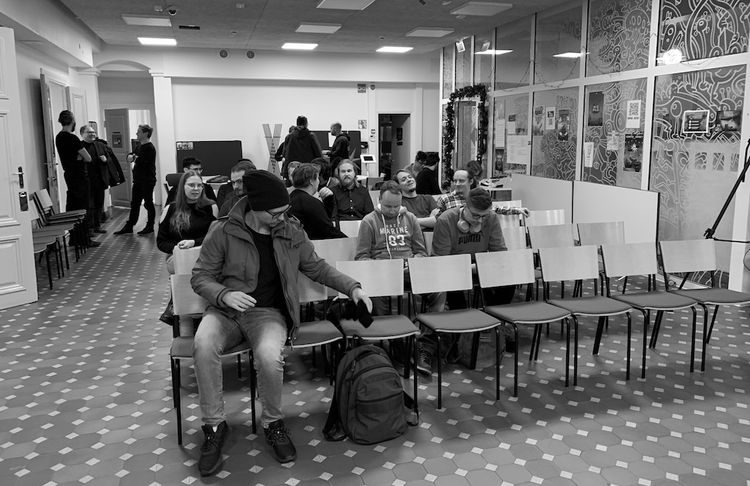EGD News #157— 5 must-haves to retain players
Here are my five must-haves for retaining players in a video game.
1. Novelty
Humans get a dopamine rush from new ways of having fun. It’s when the old doesn’t give you the thrill anymore. But the new ones really hit you.
Novelty in gaming is simple: Do something unfamiliar, something surprising, something that is new and fun at the same time.
Examples:
For mobile gamers here, do you recall the first time you played Clash Royale? It was an immediate feeling of Supercell finding a new hit game. The first battle was about beating the opponent by using the spells you’d been dealt. You’d need to wait for the elixir to reload before you could summon another spell. All this real-time PVP was new and fresh. It was an instant hook, and I wanted to see and experience more of this.
2. Skill development
Any free-to-play game with combat, or any matches, or “difficulty” for that matter, consists of the following core loop:
It’s 1) beat hard content, 2) to get access to items 3) that allows you to beat even harder content.
The most well-retaining games inject something into the “beating” element. It’s called skill development, learning the game. What buttons to press, actions to take, countering your opponent’s attacks, variability of different characters, etc. In the best games, this learning phase continues endlessly.
It’s up to the player to “beat hard content,” not by just having the best items. Instead of giving them a gun, which deals double the damage as the previous one, you provide them with a weapon that can fire two kinds of bullets. You aren’t making the game easier to beat harder content, but you are giving players more tools to learn to beat harder content.
3. Player goals
Player goals drive people to play games, to continue picking them up long after the novelty wore down.
First, short-term goals are what the player wants to achieve in the near term, in the following hours or days.
But what truly makes games retain players are meaningful long-term goals, what the player wants to achieve in weeks or months. What is the player going after on Day 720?
I wrote an analogy for long-term player goals in a previous piece on long-term goals.
“You are a mountaineer, trekking an ascent to the highest peak you’ve ever climbed. Through days of toil, you reach the peak. Taking in the triumph, you notice a line of mountains in the distance. The highest of them is something you haven’t imagined climbing until now. It will require effort at a different level, but climbing that mountain is your new objective.”
Flow
Merge2 games, like Merge Mansion, are these games with immensely great flow. The core gameplay is about clearing up a board by merging similar items to form new ones. This activity is rewarded when completing tasks, which leads the player to progress in the game.
What makes merge2’s flow so enticing? You see and control everything on the board; you are constantly merging items, working on getting things done, and progressing. That’s what flow is about.
“On the job, people feel skillful and challenged, and therefore feel more happy, strong, creative, and satisfied.” — Mihaly Csikszentmihalyi, author of Flow: The Psychology of Optimal Experience
Live Ops
Not long ago, the games industry realized that infrequent updates, or daily calendar rewards, weren’t enough to keep players engaged.
Live ops started first in Asian mobile games, where you’d have several daily events to pick from, all with different rules and rewards, adding a fresh feel and juicy variability to the monotony of a game you’d been playing months.
As I wrote previously, there are two kinds of live ops events. Passive ones are pre-scripted events that don’t require the game team to set new ones up; they run on timers and re-emerge daily or weekly.
Example of passive events: Merge Inn has challenge boards that are time-based. If you don’t complete a board on time, it will reset. You can hop in, use your energy on the board, then hop out to continue playing the main game. Once the board is completed, it will have a cool down for a few days, eventually starting another challenge boar.
Active events are where the team plans the event, lasting for days, weeks, or months. I’ve previously shared a bunch about active events. Read more here.
Final words
Some worthy mentions which didn’t make it to my top 5:
Social features — People will return even to a dull game if they’ve made connections with other players. Guild systems, social gameplay modes, and chats all contribute to retaining players.
Self-determination theory — All these matters when it comes to retaining players: Autonomy (I’m in control), Competence (I feel I’m getting better), and Relatedness (I feel connected and belongingness). Example: Headball 2 gives the player three action buttons, which the player will be mastering for days, weeks, and possibly months. You are motivated by the possibilities of learning the game. It’s self-determination theory and competence in full action.





